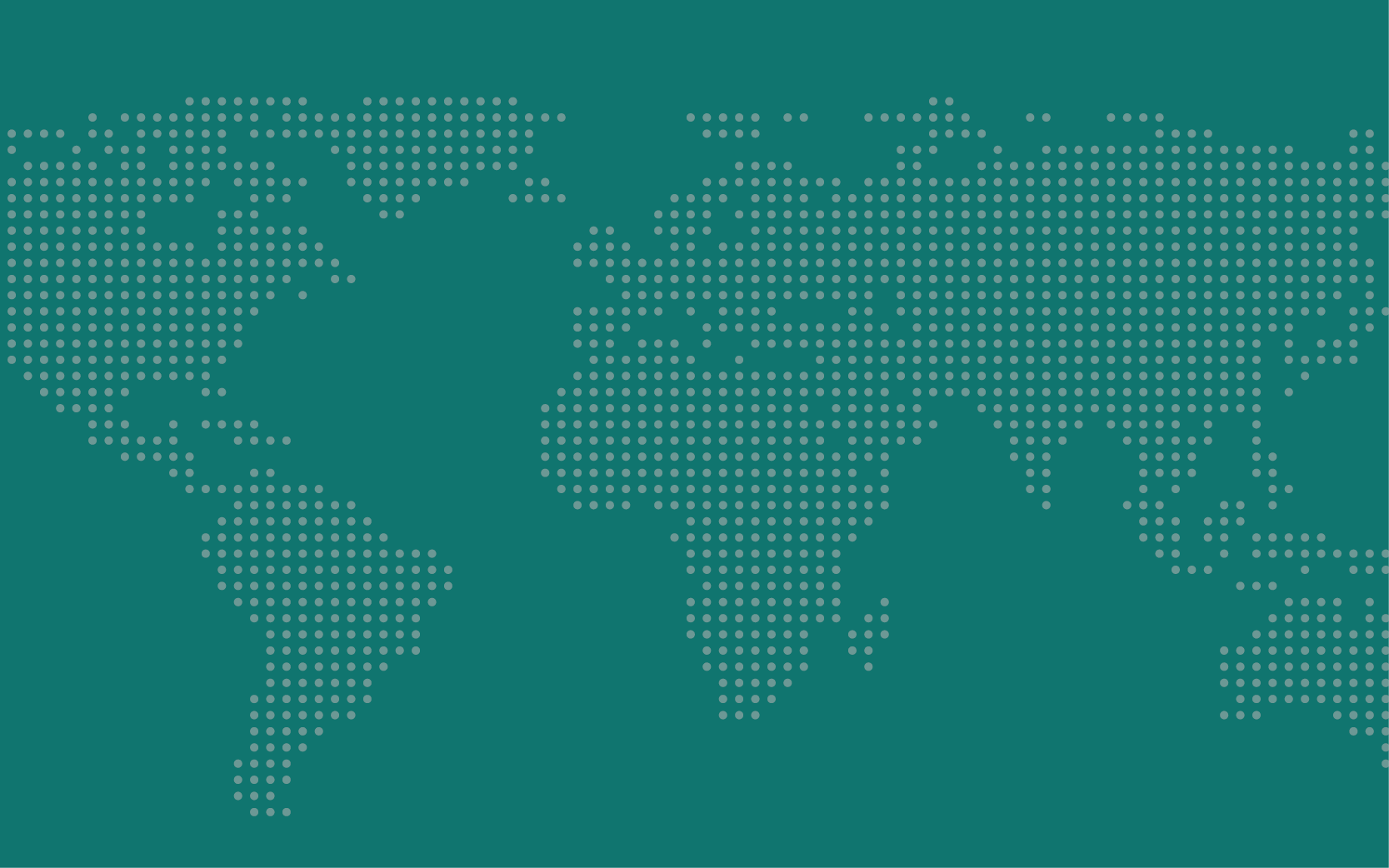The Northeast Asia Cooperation Dialogue: Three Decades of Track 1.5 Diplomacy
The Northeast Asia Cooperation Dialogue (NEACD) convenes next week in Tokyo for the 32nd time. Founded and chaired by IGCC director emeritus Susan Shirk in 1993, NEACD was conceived as a channel for dialogue in a region where multilateral cooperation was sorely lacking. The forum came at a fraught moment, amid a nuclear crisis in which the United States and North Korea came dangerously close to open hostilities before President Carter’s visit to Pyongyang to meet with Kim Il Sung lowered the temperature. Today, rising tensions between great powers highlight NEACD’s enduring importance.
NEACD’s choice of membership in 1993 was prescient. As the Cold War ended in Europe, tensions on the Korean peninsula were much slower to thaw. The Agreed Framework of 1994 promised to restrain North Korea’s nuclear ambitions, with the hope that even a partial resolution of the nuclear issue could pave the way for a wider security architecture in Northeast Asia. From the beginning, NEACD included not only the United States, Japan, China, and Russia, but both Koreas as well.
A distinctive feature of NEACD is its “track 1.5” structure. “Track II” diplomacy originated in the 1970s, centering on citizen diplomats without official government participation. The core idea was that conflicts are rooted in distrust—down to the personal level—and that people-to-people contact can expand diplomatic opportunities from the bottom up. The format was used in diverse settings, from psychologists putting Arabs and Israelis in the same room to bringing Soviet and American academics together to find alternatives to Cold War thinking. Although initially attracting the interest of nongovernmental organizations and civil society, prominent think tanks jumped on the bandwagon in the 1990s and 2000s and track II forums proliferated.
Track 1.5 diplomacy is different. It shares with track II the idea that independent experts can play a substantive diplomatic role. But it adds in government officials, nominally acting in an unofficial capacity. In the case of NEACD, it—unusually—includes not only officials from the ministries of foreign affairs and defense but uniformed military officers as well. The presence of public officials demonstrates commitment to a process, one that could develop into an official forum. Diplomats’ time is a precious commodity, especially for those who cover Asia or the United States. Traveling for a meeting that is a 14-hour flight from Washington or 12 hours from Beijing is a calculated decision.
Moreover, while policy experts and academics may make analytic headway when talking with one another, they can bring critical perspectives to the table that force official engagement with contending policy views within their own countries. Some of the more interesting exchanges at NEACD arise because of disagreements among members of the same delegation.
From 2003-08, NEACD came tantalizingly close to realizing its long-term objective: to transition into a formal diplomatic process. Following the onset of the second North Korean nuclear crisis in 2002-03, China lead in convening three-party talks with the United States and North Korea. These meetings expanded into the six-party talks, which contemplated a wider regional security mechanism before breaking down in 2008. During this period, NEACD served as an interim forum between meetings of the six-party talks. In some important respects, the lines between the two blurred.
Since the collapse of those negotiations and the deterioration in relations among the parties in the region, the significance of NEACD has only increased. On the one hand, securing participation has been challenging. North Korea has not joined since the six-party talks-era, while the war in Ukraine has increased NEACD’s reliance on a roster of top-flight Russian academics rather than government officials.
On the other hand, the interests of national capitals in outlining their foreign policy perspectives and signaling their capabilities and intentions has only become more important. Moreover, the agenda has widened well beyond the initial focus on the Korean peninsula, encompassing the tangle of relations among the other parties: U.S.-China and Japan-China relations as well as the emerging trilateral cooperation among the United States, Japan, and South Korea.
The NEACD agenda typically leads with overviews by ministry of foreign affairs officials and a special session devoted to the perspectives of the host country. But the agenda quickly drills down into specific points of contention. This year, topics will range from developments in the command structure of the U.S. Indo-Pacific Command with respect to Japan to matters of economic security and geoeconomic rivalry.
Throughout its history, NEACD has convened multiple specialized subgroupings. The one that has endured is the Defense Information Sharing (DIS) meeting, in which current and retired general-level officers participate. This year, the DIS will address a range of issues from the growing role of artificial intelligence in defense to the proliferation of defense cooperation agreements across the Indo-Pacific.
Critics of such diplomacy fear that it muddies official lines of communication or is rooted in overly optimistic views of multilateral diplomacy. The pejorative of “talking shop” hangs over even official multilateral forums such as the Asia-Pacific Economic Cooperation (APEC) and East Asian Summit processes that attract heads of government.
But the fact that governments keep coming back to forums such as NEACD suggests a different conclusion about their effectiveness. When diplomatic relations deteriorate it is more important than ever to communicate clearly about nations’ objectives and their capabilities to achieve them. Diminishing the risk of miscalculation is not a small achievement. In the current geopolitical environment of Northeast Asia, it is a significant one.
Stephan Haggard is a research professor at the UC San Diego School of Global Policy and Strategy and serves as research director for democracy and global governance at IGCC.

Global Policy At A Glance
Global Policy At A Glance is IGCC’s blog, which brings research from our network of scholars to engaged audiences outside of academia.
Read More